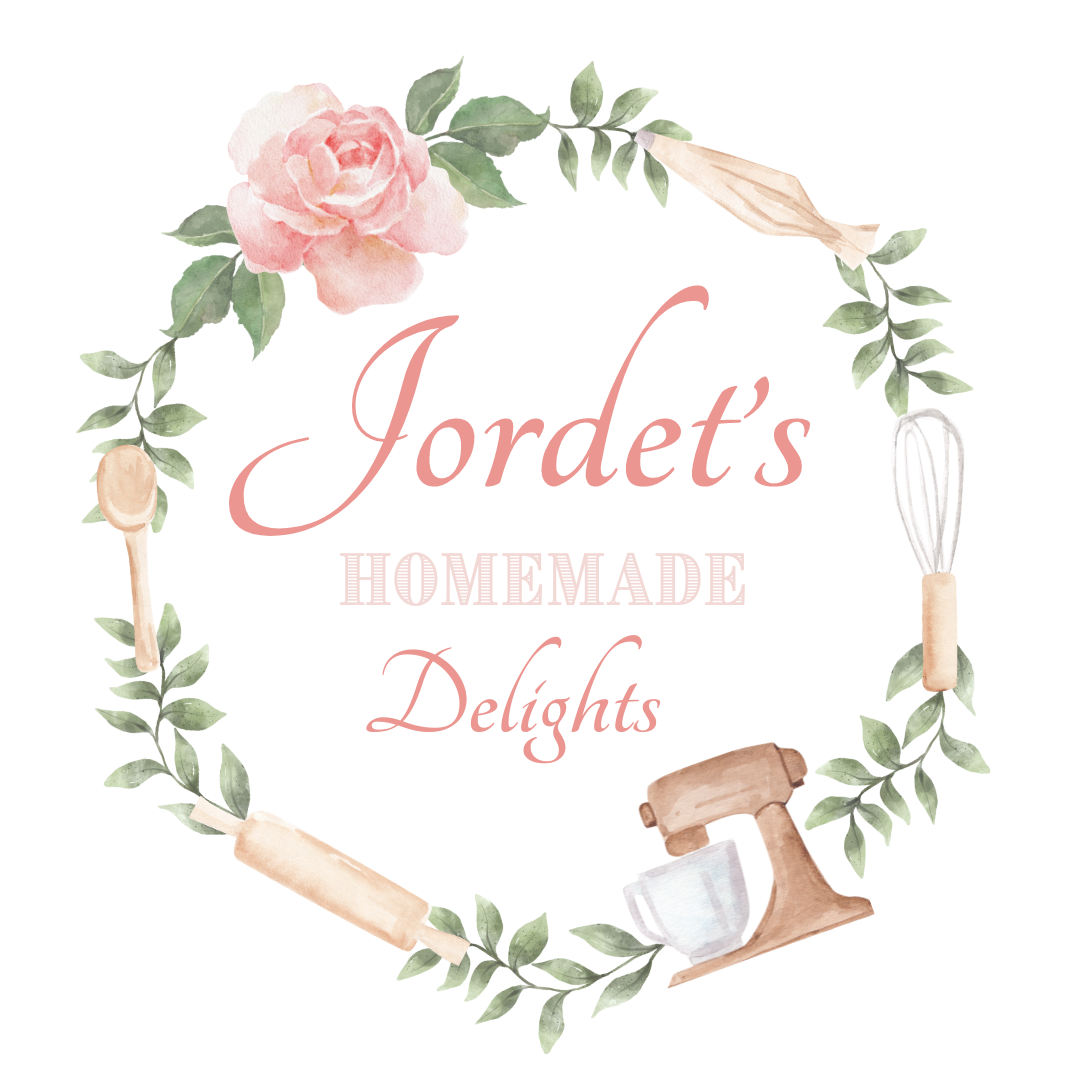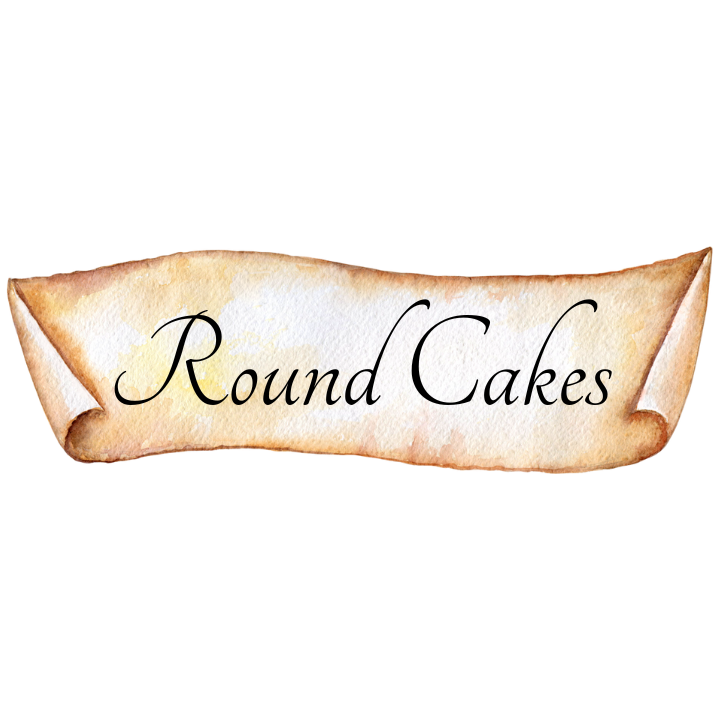Cake Serving Guide
Welcome to Jordet’s Homemade Delights’ comprehensive cake serving guide! When planning a cake for any event or gathering, one of the key considerations is determining the appropriate size and the number of servings (also known as portions) it can provide. Whether you’re baking a cake from scratch or ordering one from a bakery, it’s crucial to select the right size to ensure everyone gets a slice. In this guide, we’ll explore various cake sizes and shapes, along with the typical number of servings each can yield, ensuring you have enough cake for all your guests. Let’s dive in and discover everything you need to know about cake sizes and servings.
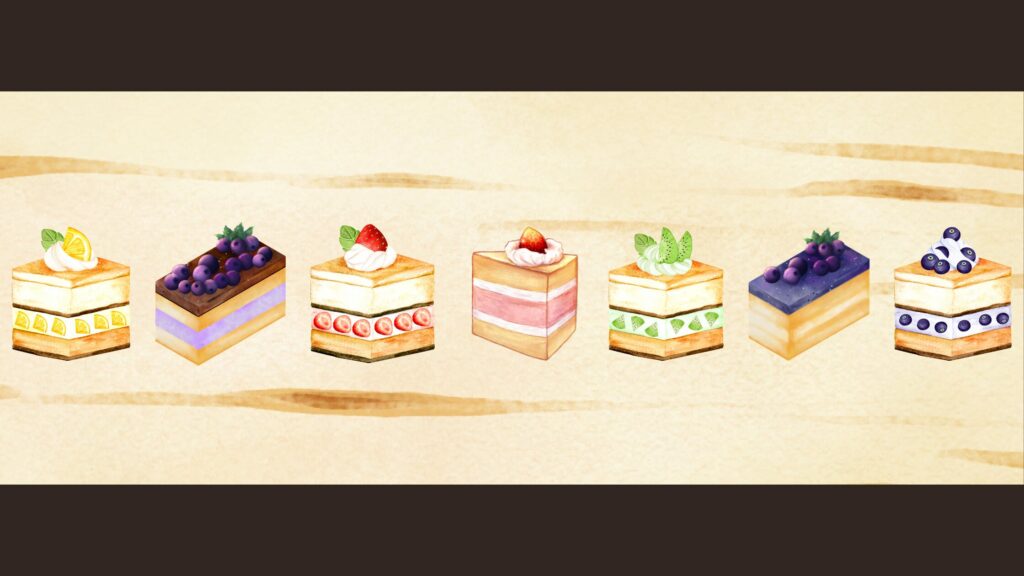
What is a Cake Serving?
A cake serving is the amount of cake typically allotted to one person. The number and size of servings for a specific cake can vary based on the occasion. Some events may call for larger slices of cake while others may require smaller slices of cake.
The size of a serving can vary depending on how a cake artist calculates the number of servings for a specific cake. Most cake artists provide a range of servings based on different cutting options. In our Cake Cutting Guides, you will find a variety of cutting methods to suit your needs.
Jordet’s Homemade Delights classifies cake servings as follows.
- Dessert Serving: A dessert serving is the largest serving size. This generous serving is approximately 2″ wide, 2″ long, and 5″ tall. This serving size is common at birthdays and small parties where the cake is the main dessert item.
- Party Serving: Although a dessert serving can be used at parties, a moderate serving size is often chosen when serving a larger number of people. The party serving, which is slightly smaller than a dessert serving, measures approximately 1″ or 1.5″ wide, 2″ long, and 5″ tall.
- Finger Serving: A finger serving is the smallest serving size and is roughly the width of a finger. This small serving is most commonly served at weddings but can also be used at parties featuring a variety of desserts. The finger serving is approximately 1″ wide, 1″ long, and and 5″ tall.
Jordet’s Homemade Delights bases serving sizes on an average serving size that measures 1.5″ wide, 2″ long, and 5″ tall. Our two-layer cakes measure approximately 5″ tall. This measurement includes the cake and frosting. Our three-layer cakes are based on the same serving size (1.5″ x 2″); however, it is taller at approximately 7″ high, which provides more cake per serving.
Jordet’s Homemade Delights uses 2″ tall cake layers. If you prefer thinner cake layers, please ask for your cake to be torted. A torted cake will have cake layers that are approximately 1″ tall with a smaller amount of frosting between the layers.
When pricing your cake, Chef Dr. Gidget requests an approximate number of servings, which is generally consistent with the number of guests attending your event. The recommended cake size is based an 1.5″ x 2″ rectangular slice. However, if you would like to slice your cake using another serving size, you can refer to our Cake Serving Guides for information on number of servings per cake.
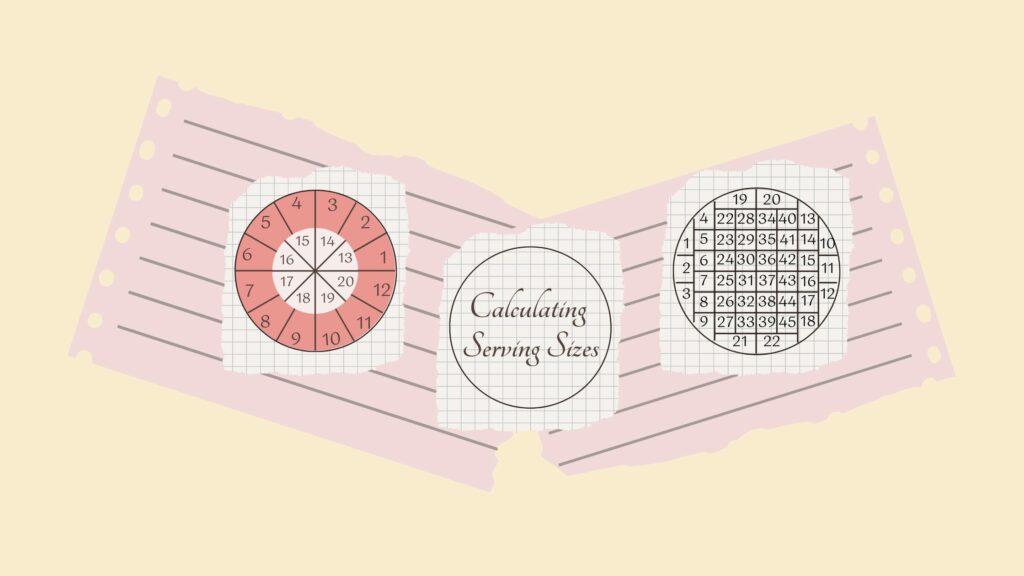
As a former math teacher, I decided to calculate the number of slices per cake myself. Noticing that some cake-cutting diagrams result in corner pieces with predominantly frosting, I aimed to avoid that. Since the cake’s exterior is typically frosted, I used graph paper to draw cutting patterns that ensured each slice had a proper balance of cake and frosting. Consequently, the number of slices (i.e., servings) per cake in my diagrams may differ from those found on other websites.
Cake Cutting Guides
These guides offer instructions for cutting cakes using various methods.
Click the button to view the cutting method for which you are interested.
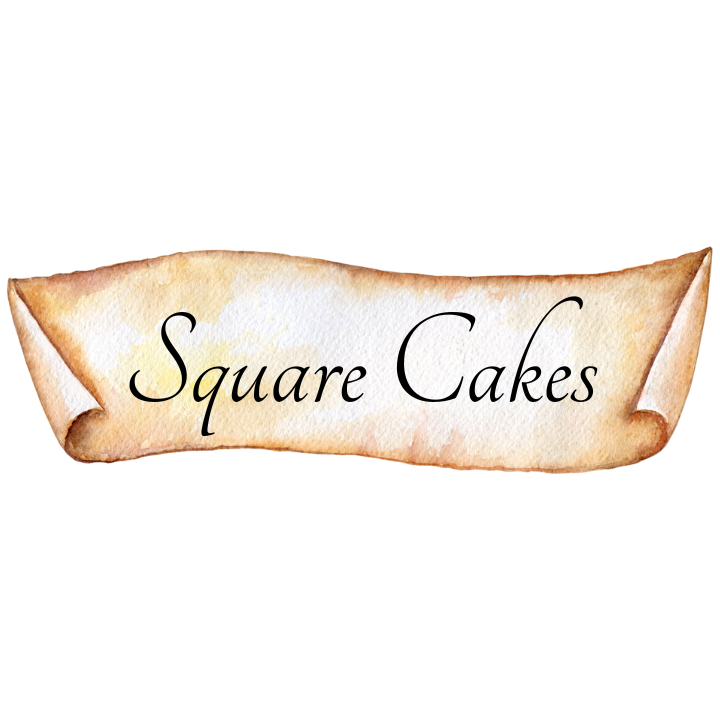

Cake Serving Guides
These guides provide the number of servings for each cutting method.
Click the button to view various serving sizes and number of servings for your chosen cutting method.
